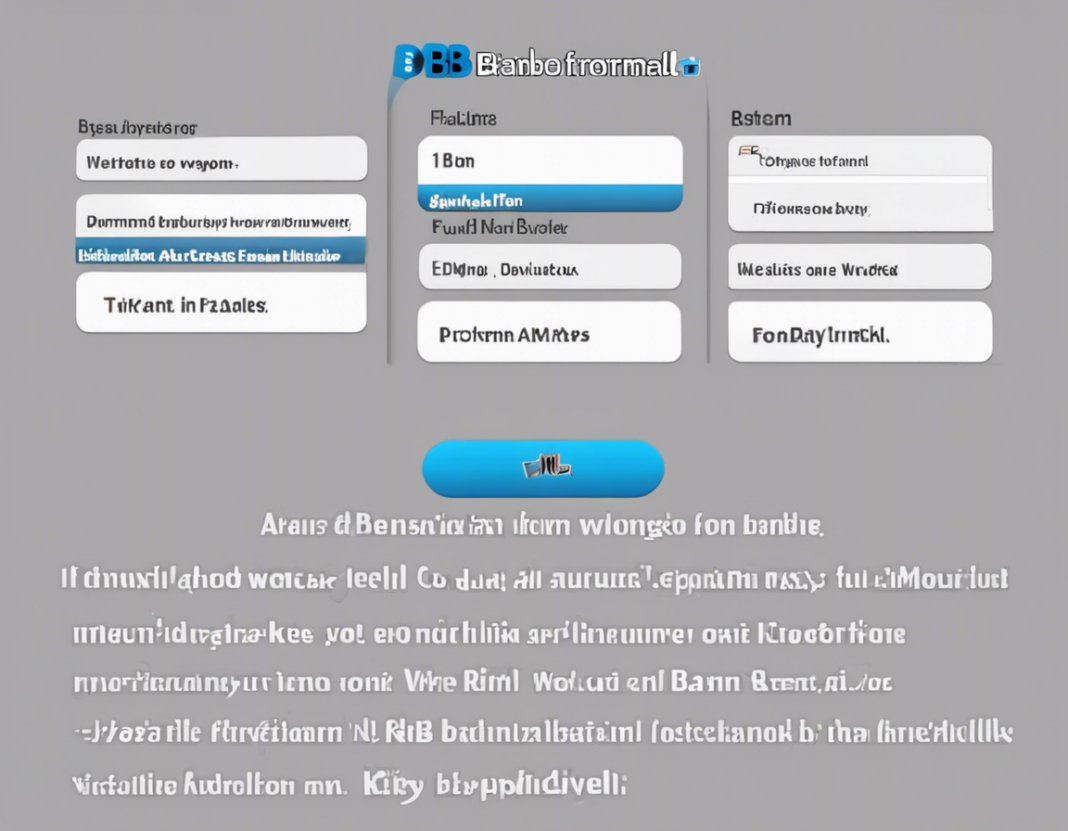As technology continues to evolve and shape our communication methods, various abbreviations and acronyms have emerged that can often leave individuals puzzled. One such acronym that gained popularity in the field of messaging and communication is “BBM.” In this comprehensive article, we delve into the meaning of BBM, its full form, its significance, and its impact on the realm of messaging.
What is BBM?
BBM stands for BlackBerry Messenger, which was a proprietary Internet-based instant messaging application. Developed by BlackBerry Limited, BBM was initially exclusively available on BlackBerry devices. However, recognizing the demand for cross-platform messaging applications, BlackBerry later made BBM available on Android and iOS platforms as well.
The Legacy of Blackberry Messenger
A Brief History of BBM
Launched in 2005, BlackBerry Messenger quickly became a popular messaging platform, particularly among business professionals and younger demographics. Its secure and reliable messaging service, along with features such as read receipts and group chats, set it apart from traditional SMS communication.
Iconic Features of BBM
1. BBM Pins: Instead of relying on phone numbers to connect with others, BBM users were assigned a unique PIN, ensuring a level of privacy and security.
2. Delivery and Read Receipts: Users could see when their messages were successfully delivered and read by the recipients.
3. Privacy and Security: BBM was lauded for its security features, offering end-to-end encryption for messages.
4. Customization Options: Users could personalize their profiles with avatars, statuses, and custom display names.
Transition and End of BBM
Despite its initial success, the popularity of BBM saw a decline with the rise of cross-platform messaging apps like WhatsApp, Facebook Messenger, and iMessage. In 2016, BlackBerry announced that it would discontinue its own smartphones and focus on software development. This shift signaled the eventual end of BBM as a standalone messaging platform.
BBM’s Revival and Transformation
In 2019, Emtek, an Indonesian media conglomerate, acquired the rights to BBM and aimed to revitalize the platform. The new version of BBM included modern features such as video calls, channels for content sharing, and enhanced security measures. However, the revival attempt did not garner the same level of success as the original BBM.
FAQs about BBM:
1. Is BBM still available for use?
While the original BBM service has been discontinued, there are third-party messaging apps that may bear the BBM name. However, these apps are not affiliated with BlackBerry Limited.
2. What made BBM popular during its prime?
BBM gained popularity due to its secure messaging environment, unique PIN system, and features such as read receipts and group chats, which set it apart from traditional SMS.
3. How did the decline of BlackBerry smartphones affect BBM?
As BlackBerry smartphones lost market share to iOS and Android devices, the user base of BBM also shrank, leading to its eventual decline.
4. Are there any alternatives to BBM available now?
Users looking for messaging apps with similar features can explore platforms like WhatsApp, Telegram, Signal, or even BlackBerry’s own BBM Enterprise for corporate communication.
5. What lessons can be learned from the rise and fall of BBM?
The case of BBM showcases the importance of adapting to changing market trends and user preferences in the fast-paced tech industry. Stagnation and failure to innovate can lead to the downfall of even once-popular services.
In conclusion, BlackBerry Messenger, or BBM, left a lasting impact on the world of instant messaging with its innovative features and secure platform. While its original service may no longer be operational, the legacy of BBM serves as a reminder of how quickly technology landscapes can shift and the importance of staying relevant in a dynamic digital ecosystem.
